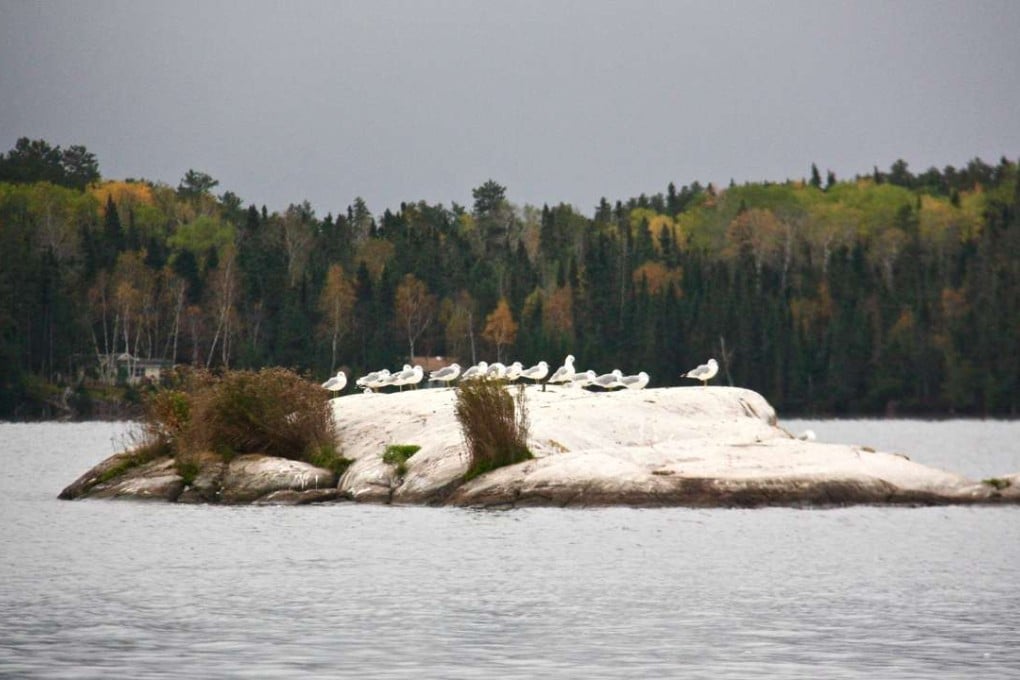Five days all alone paddling through Canada's wilds
As two brothers find out, a lake-hopping adventure by canoe across the wild and remote Canadian Shield is no walk in the park

Our yellow canoe is pulled up on a narrow beach, perpendicular to deep moose hoof prints. The birch and spruce forest leans over the beach, as if reaching for the sunlight that glitters off the water. Most of the leaves have already fallen and the trees are naked and white, bathed in the warm afternoon sunshine.
Kilvert Lake, in Ontario’s Eagle-Dogtooth Provincial Park, is one of thousands carved out of the 4-billion-year-old rock. This is the Canadian Shield, the largest mass of exposed Precambrian rock on earth; the exposed continental crust of North America, where mountains were flattened and lakes carved from rock during the Ice Age. Eight million square kilometres of igneous rock born from volcanoes grew into tall mountains which were then worn down to rolling hills and a thin sifting of soil by monstrous slabs of ice.
That much ice, or even snow, is hard to imagine – especially today, as we enjoy some late October warmth on the first day of a canoe trip. This park, a 2.5-hour drive east of Winnipeg, has five meandering canoe routes through moraines, boggy beaver ponds and pine-forest ecosystems. My brother and I gambled on a late-season trip and it has paid off as we have the lakes to ourselves, everyone else having already packed up their boats for the winter.

We hoist up our canoe and trudge 1.5km through the forest to Gale Lake, where we drop it with a sigh. I stretch my neck and shoulders as we walk back to retrieve our bags and a food barrel. This is just one of seven portages we’ll make along our 51.5km route, a price that must be paid to reach remote lakes with names such as Dryberry and Kushog.
